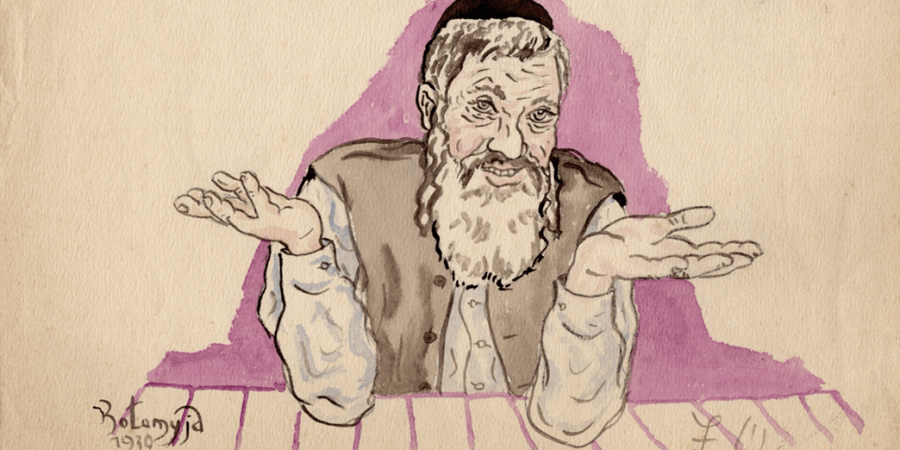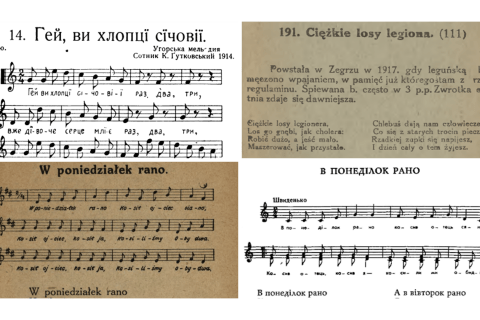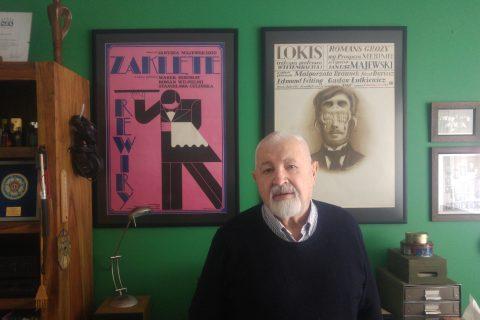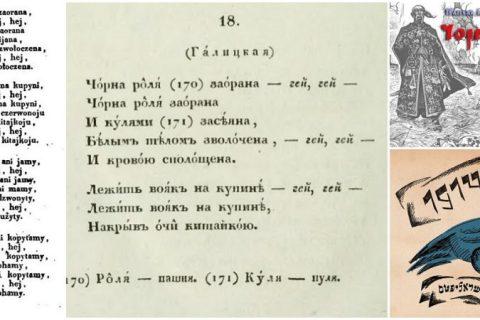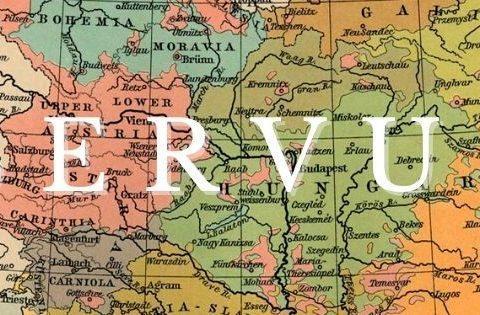Between Myth and Memory: 1930s Galicia by the Artist who Never Was
By Ari Neumann *** Discover the curious case of “Lazar Weissmann,” a supposed Jewish artist who captured scenes of 1930s Galicia in 100s of watercolors, at a new exhibition of the History Museum of Kolomyia opening on May 16 at 14:00, for one month. Found as far as Canada, to as […]
Read More
